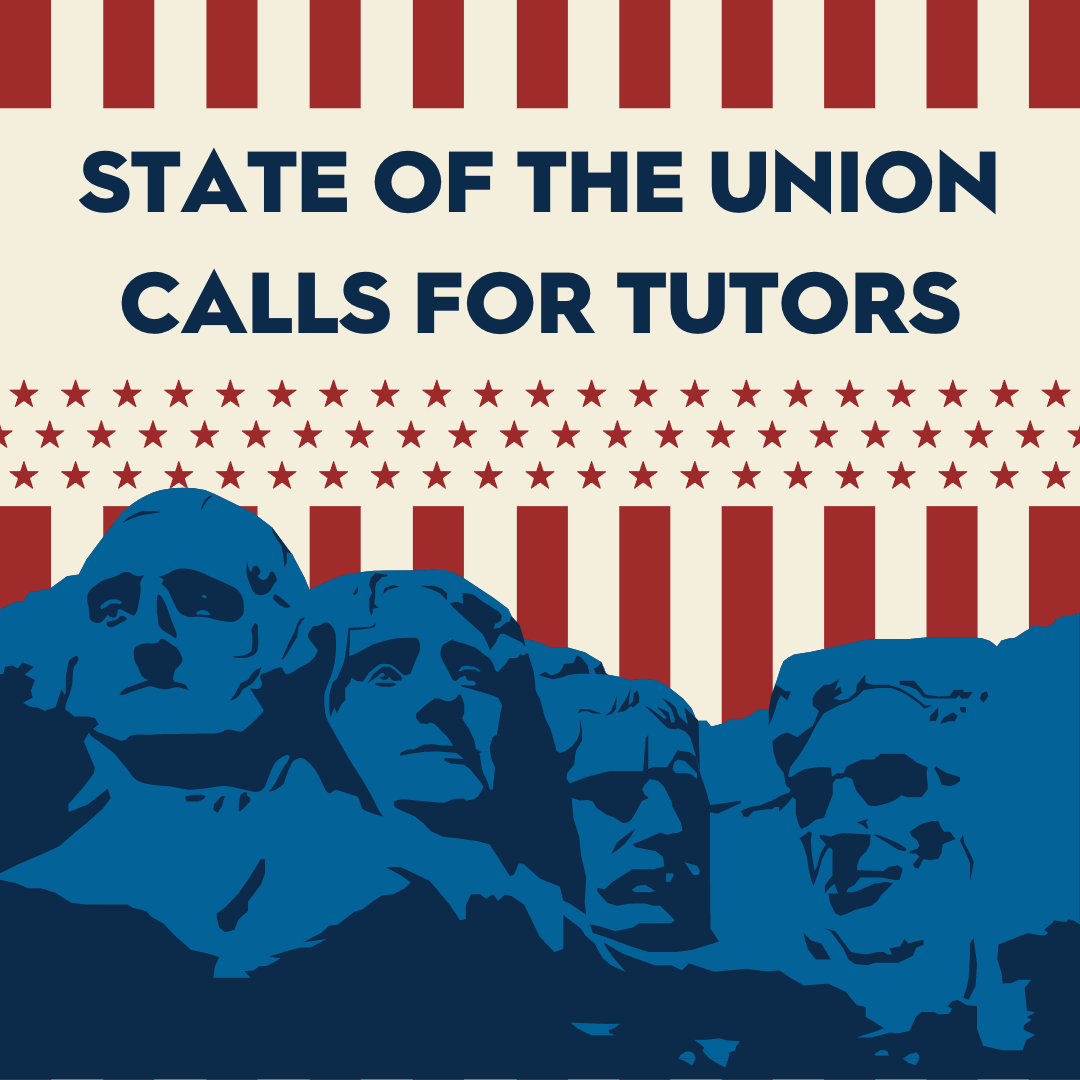Here’s what it is and how to make it successful
In his first State of the Union Address, President Biden stressed the need for tutoring, “The American Rescue Plan gave schools money to hire teachers and help students make up for lost learning. I urge every parent to make sure your school does just that. And we can all play a part—sign up to be a tutor or a mentor.”
The White House’s fact sheet laid out the details of his plan, including a nationwide call for tutors. “Those looking to return to the workforce, who are just out of school, or changing careers, should consider the rich, rewarding job opportunities in our schools and with our young people.” The White House states that the US Department of Education “will help states and districts use the funds to provide more individual and small group instruction, hire instructional and other critical staff, launch high-impact tutoring programs, provide high-quality afterschool and summer learning and enrichment programs, and invest in other evidence-based strategies that will help our students recover from the pandemic.”
This message highlights the demand of tutoring and the opportunity to stimulate the supply of tutors.
What Makes Tutoring Successful?
Not all tutoring is created equal. There are fundamental design elements of high-impact tutoring that are crucial for success. If these elements are implemented correctly, it will prevent wasteful spending.
Central to any effective program is a systematic approach for supporting tutors with training, ongoing professional development and access to high quality materials that align with classroom sequencing and grade-level standards.
If tutors are not adequately trained and supported, the program is not likely to succeed. It’s not enough to simply sign up tutors, the tutoring programs should show evidence of success. In addition, high-impact tutoring models work best when:
Tutoring is implemented during the school day as a stand-alone class (in addition to core classroom instruction). This approach is designed to supplement classroom instruction and should not fall on the backs of classroom teachers.
Tutoring is provided a minimum of three times per week with at least 30-50 minutes of instruction.
Tutoring should be in groups of 2 or 3 students. Tutor to student pairings should remain consistent throughout the school year.
Evidence-Based, High-Dosage Tutoring
With high-dosage tutoring, the evidence is clear.
Students learn up to 2.5 years' worth of math in one academic year.
Reduced math course failures by as much as 63%
Reduced non-tutored course failures by as much as 26%
This is success.
“This is the first time that tutoring has been mentioned in the State of the Union address, and I’m glad it brought attention to the critical need for tutoring. Saga Education has the evidence to support that high-impact tutoring programs are successful, and we are happy that the scientific literature is helping to inform public policy,” said AJ Guiterrez, Co-founder and Chief of Marketing and Communications for Saga Education.
Here is a district and state playbook for implementing effective high impact tutoring models.
About Saga Education
Saga Education is a trusted, international leader in implementing high-impact, in-school tutoring models. We provide customized program design and implementation support to schools and districts to ensure a successful in-school middle and high school math tutoring program. Saga seeks to establish this approach as an integrated part of a student’s K-12 education, as a proven response to inequity.
.png)
